Risking the Future Because You’re Too Busy Now
By Wallace K. Pond, Ph.D.
The vast majority of the 1,500 or so higher education institutions that merged, were acquired in distress, or simply closed since 2010 did not explore or implement options for reinvention. Some engaged in deep expense cuts, layoffs, elimination of programs, or launching Hail Mary new programs, etc., but those were band aids on gaping flesh wounds. They were last ditch attempts to manage liquidity rather than efforts to transform themselves to meet the structural challenges of a declining market and huge shifts in buying decisions by students.
Even before the pandemic, many, many college administrators were engaged in fire-fighting and crisis management—admittedly exhausting work—but not work that solves systemic problems and diminishing value proposition for customers.
In my work and dialog with a wide-variety of higher education leaders, one very disturbing trend that I see permeating all sectors of higher education, is the decision to delay or simply avoid initiatives that will increase the likelihood of thriving in the future due to challenges faced in the present. In short, most institutions are genuinely risking their futures because they are too busy with the present. While this same phenomenon resulted in the outright closure of over 1,200 institutions between 2010 and 2020, the risk is even higher now because[1]:
The number of post-secondary alternatives available to consumers in the market is greater.
Public opinions of traditional higher education and its related ROI are worse
Average institutional financial health is worse.
Demographics are less favorable.
The number of potential students who can or will pay for credit-bearing, degree programs are fewer than in the previous decade.
In fact, the enrollment decline between 2020 and 2021 alone is approximately half a million students, taking the ten year total over 3,000,000
Tragically, over the last ten-plus years, the vast majority of schools that merged, were acquired in distress, or closed, met their fate without engaging in any transformative initiatives. They simply rode a dying horse into the ground. Potentially more tragically, because we should know better, I see the same dynamic in play today.
Of course, managing through disruption and crisis consumes huge amounts of energy and bandwidth. Moreover, most leadership teams had no previous lived experience of running the daily operation, managing through disruption, and planning for a transformed future all at the same time before the pandemic. However, my greatest fear is that many colleges and universities will win the battle (survive the short-term crisis) and lose the war (enter a state of irrelevance and fiscal paralysis or simply cease to operate) because they were too busy in the present to ensure relevance, sustainability, and prosperity in the future.
In effect, many leaders are currently on a path in which their legacy will be that they kept the doors open during the crisis, but were at the helm when the ship foundered and sank.
A Call to Action
When thinking about transformative opportunities for the future, if you’ve heard yourself or your leadership say things like, “We’re just too busy,” “There is too much on our plate,” “We don’t have the resources,” “We’re too tired from the pandemic,” “We need to fix other things first,” or other versions on a similar theme, BEWARE: you are rehearsing your excuses for when it’s too late. Just change each of the statements above to the past tense and you’ve moved from today’s lost opportunity and leadership failure to tomorrow’s regret.
What I’ve also observed—and this is equally critical—is that although few higher education institutions are both willing and able to engage in the kind of reinvention that will greatly increase the likelihood of surviving and thriving now and into the next normal, for those that are at least willing, there is a path forward. There are ways to “borrow” bandwidth, resources, expertise, etc. for assessing the current state, identifying the highest ROI initiatives, and executing on those plans. The Transformation Collaborative™ was designed from the ground up to be an embedded partner, with access to many individual and organizational affiliates, who, unlike typical consultancies, share accountability for execution and results. At least talk to us. Even if you’re busy. There is no obligation and you may be just in time to save your future.


